In Japan, New Year’s Day is celebrated with special foods that hold deep meaning and traditions. Families enjoy a variety of dishes, each symbolizing wishes for a happy, healthy, and prosperous year ahead. These traditional Japanese New Year food, carefully prepared and shared with loved ones, are an important part of welcoming the new year in Japanese culture. Now, let’s get to know more about the culture of Japan when it comes to New Year’s Day.
What is the Japanese Food for New Year?
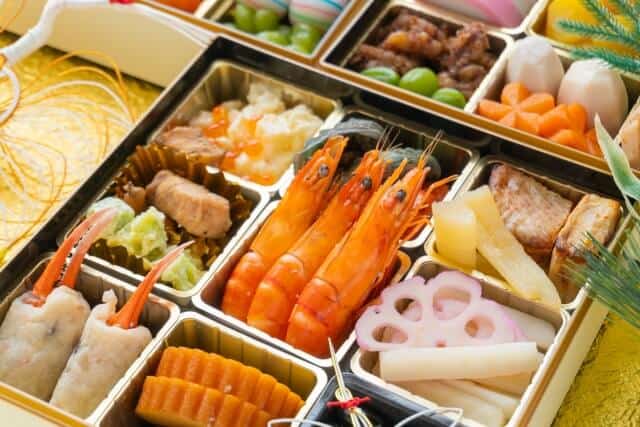
Osechi is a traditional Japanese food for New Year in Japan, derived from celebratory and auspicious foods eaten at the beginning of the year. The term comes from “osechiku.” It originated as a way to pray for a successful harvest and includes dishes common people enjoy during New Year’s festivities. In the past, people used to eat locally harvested produce as osechi to report on and express their gratitude, but as food culture and lifestyles have become richer, it has become the delicacy we see today.
Over the first three days of the year, emphasis is placed on using ingredients with long shelf lives to minimize housework and avoid excessive use of fire. While osechi ryori has deep-rooted symbolism, an increasing number of families opt for easier recipes or forego osechi altogether due to children’s preferences or the time-intensive nature of its preparation. You can get to know more about Osechi ryori by reading this article.
What other dishes ranking can you eat other than osechi?
1. Mochi/Zoni
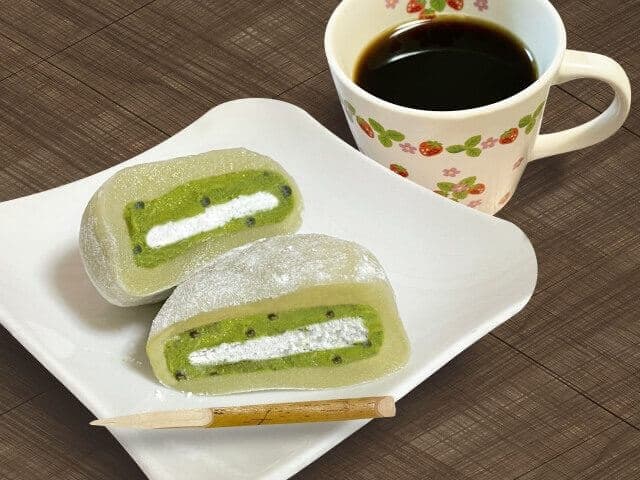
On New Year’s Day, many people enjoy eating mochi and zouni. Rice cakes are consumed with the hope for a long life since they stretch when eaten and cannot be cut. Baking makes them easy to eat and a popular choice during the New Year holidays. For a change, one can try different variations, like adding cheese to make mochi pizza or preparing zenzai.
2. Sushi
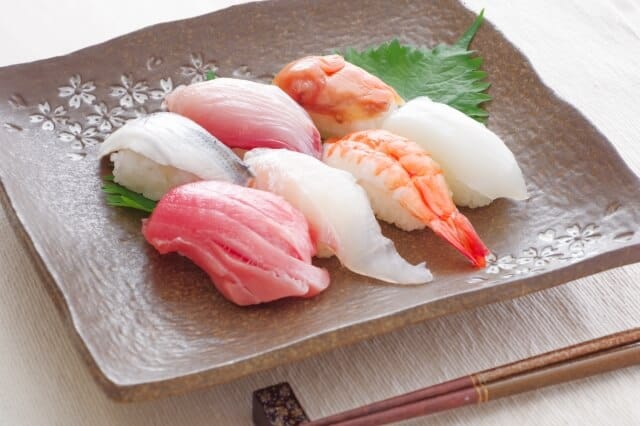
During the New Year, families often gather, and ordering luxurious sushi has become a special tradition. Whether delivered or homemade, sushi adds brightness and color to New Year’s celebrations. Hand-rolled sushi and chirashi sushi, with their gorgeous appearance, are also popular choices. Using high-quality ingredients enhances the experience, making it a recommended dish enjoyable for both children and adults.
3. Sukiyaki
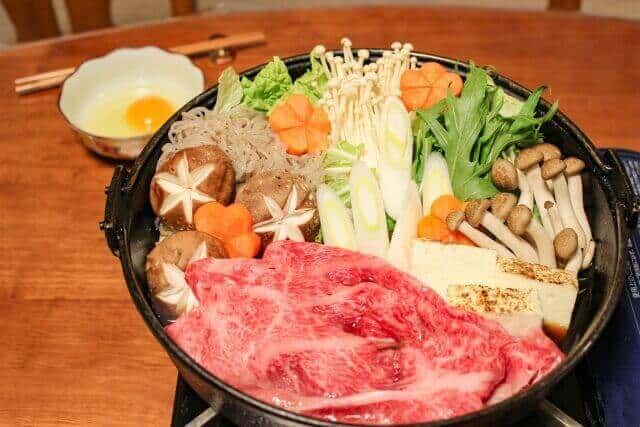
Sukiyaki is a common choice for New Year’s, especially in families with children. Many order higher quality meat than usual, elevating sukiyaki to a luxurious New Year’s treat enjoyed by family and relatives.
4. Yakiniku
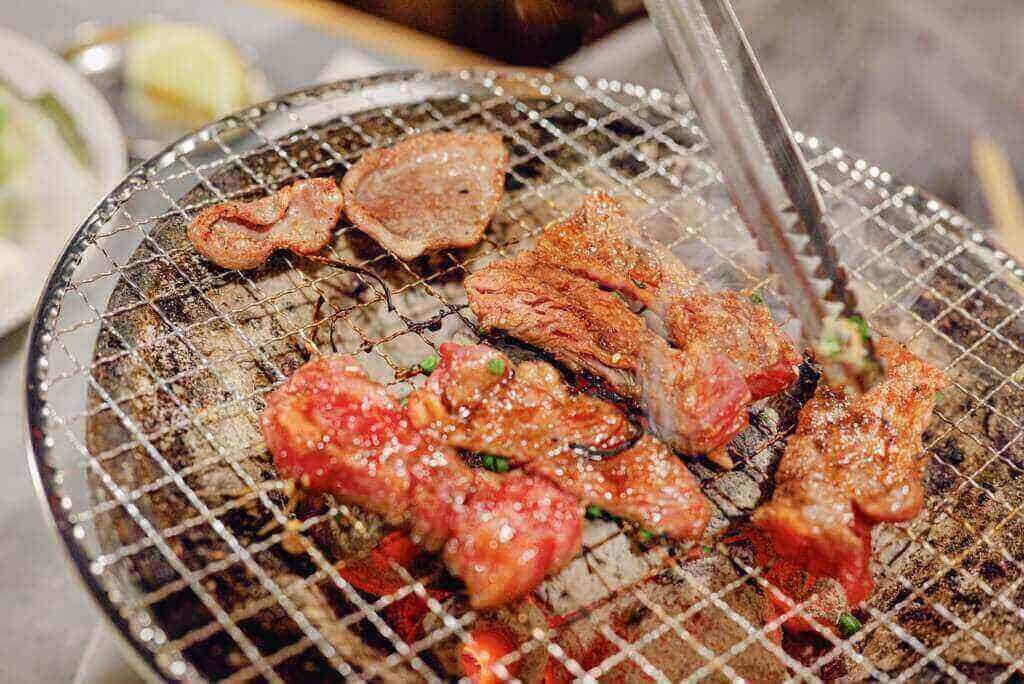
Yakiniku, a favorite for families and relatives, is another popular New Year’s dish. Like sukiyaki, ordering higher-quality meat makes it a luxurious and enjoyable meal for celebrating the New Year.
5. Ramen
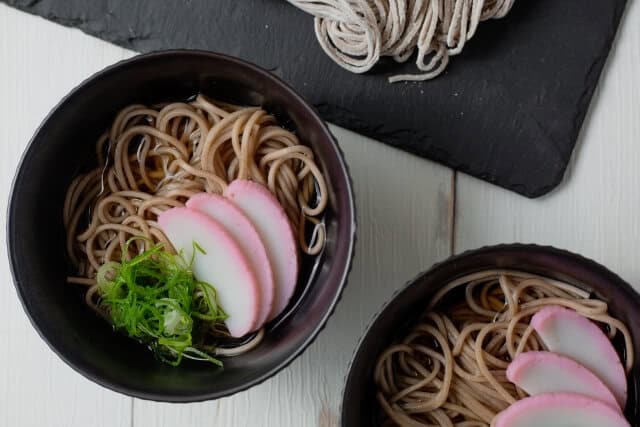
Ramen, a daily staple, remains popular during the New Year. Toshikoshi ramen, chosen over Toshikoshi soba by many, is a warming option during the cold season. Ramen also serves as a comforting choice to conclude New Year’s festivities, especially for those who indulge in alcohol.
6. Curry
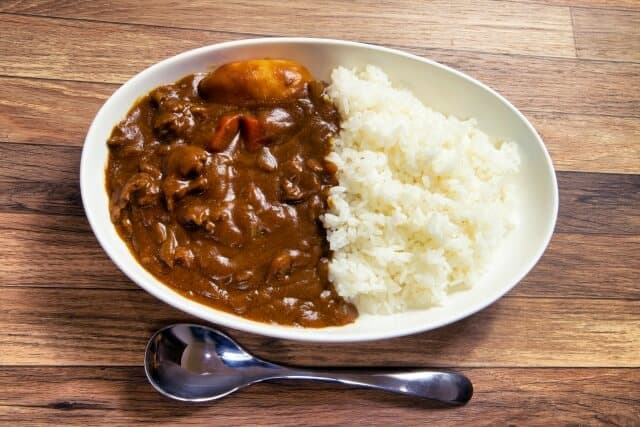
Curry, once an essential New Year’s meal due to store closures, remains a convenient choice for families wanting to minimize housework during the holidays. Many still prepare retort-packed curry as a hassle-free option.
7. Tempura
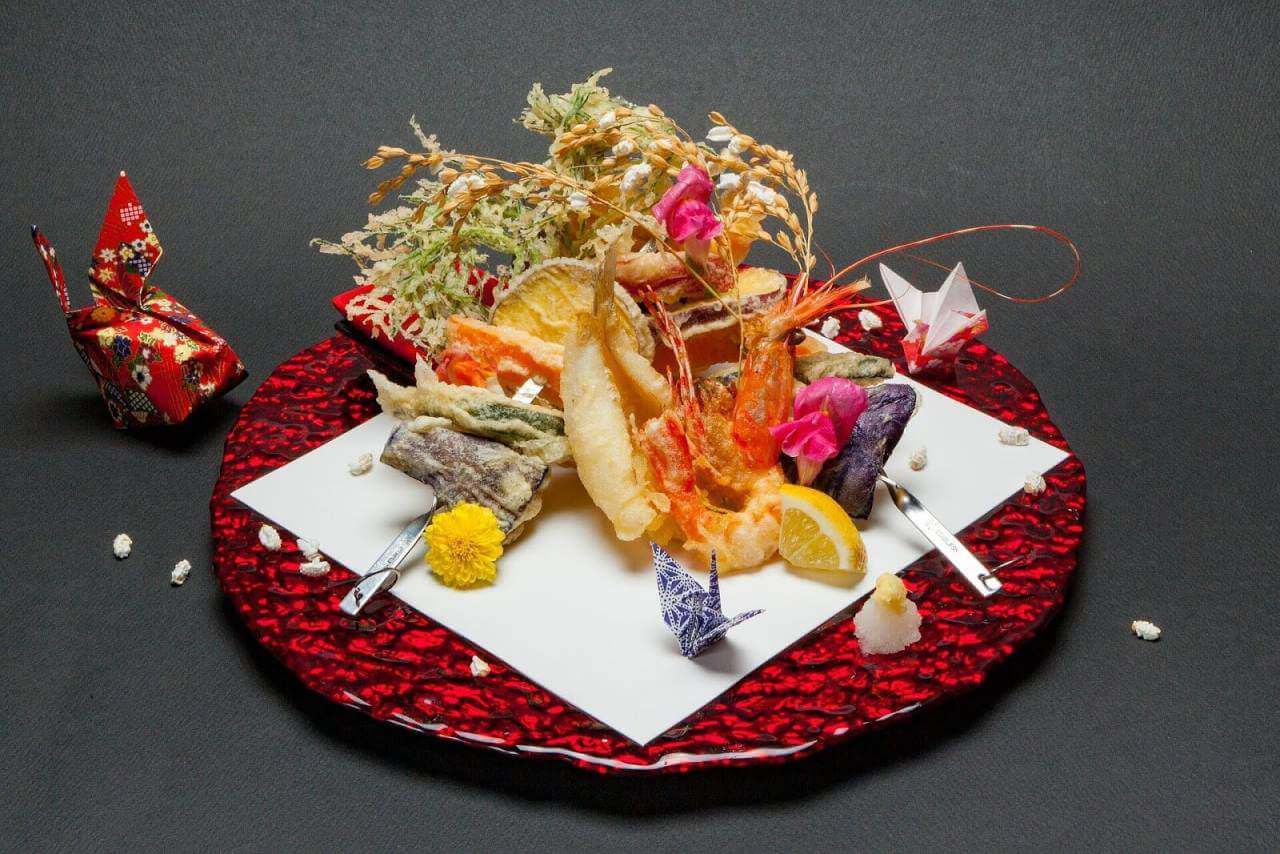
Tempura, made with ingredients believed to bring good luck, is a frequent choice for New Year’s Day. While making tempura at home can be time-consuming, enjoying it at a Japanese restaurant adds a touch of luxury to the New Year celebration.
8. Pizza

Pizza is a popular choice for New Year’s gatherings, ordered for its appeal to both children and adults. The variety of options adds to the enjoyment, and pizza delivery services, often open even on New Year’s Day, make it a convenient choice for large groups.
9. Gyoza
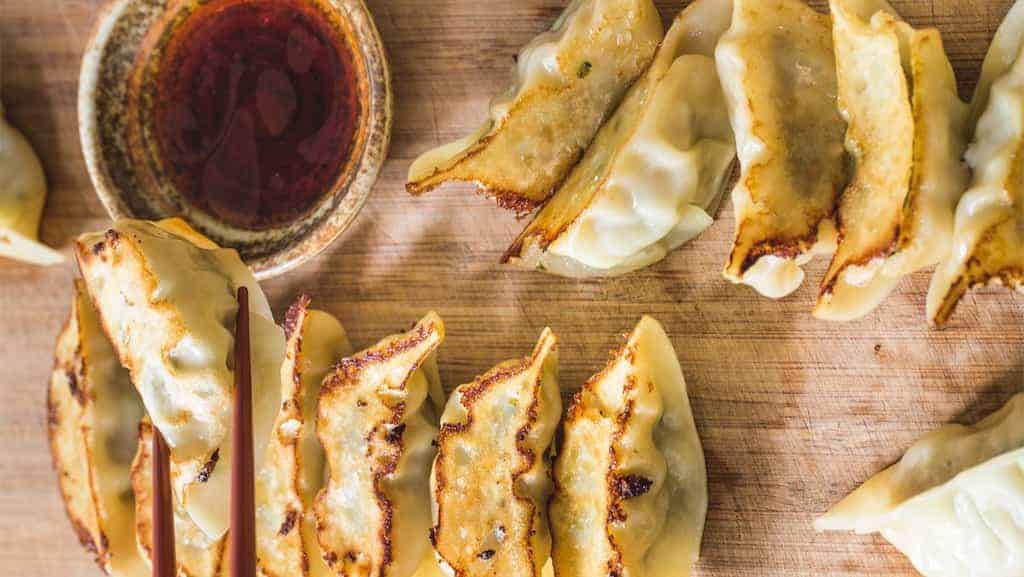
Surprisingly, gyoza is often enjoyed on New Year’s Day, especially when large groups gather. Some families order large quantities of gyoza for delivery, turning it into a fun accompaniment for New Year’s celebrations, particularly for beer lovers.
10. Yakisoba
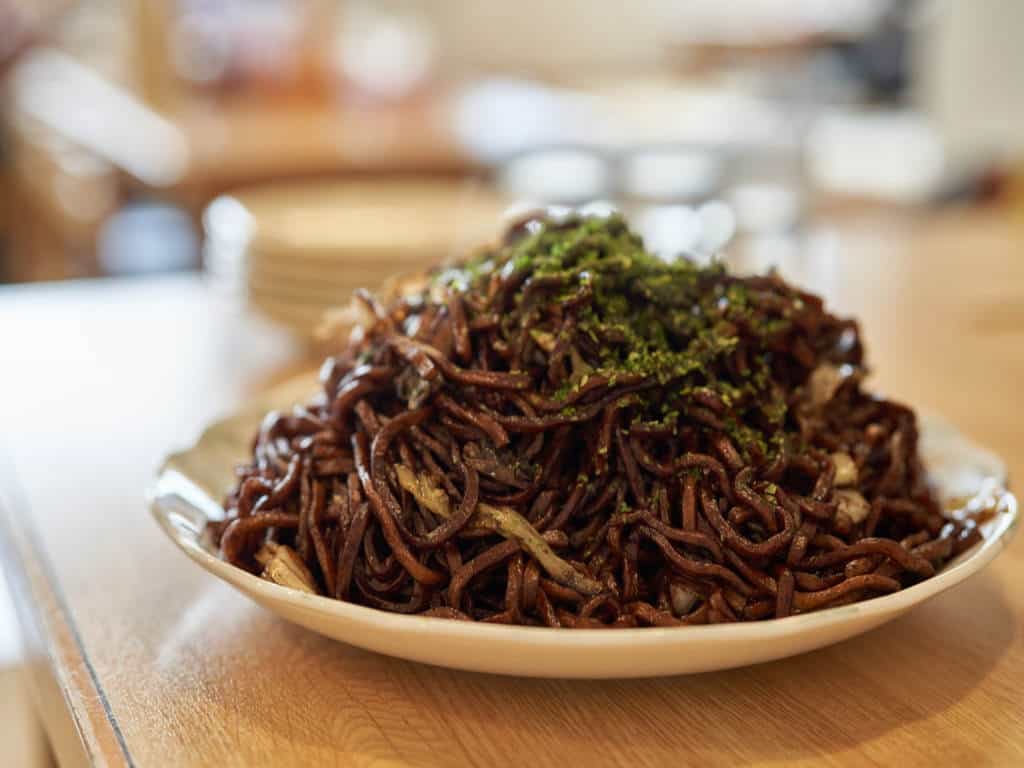
Easy to make and perfect for large gatherings, yakisoba is a dish some families choose for New Year’s Day to minimize housework. Additionally, enjoying warm yakisoba from street stalls during New Year’s visits adds a comforting touch in the cold weather.
How did the Japanese Food for New Year start?
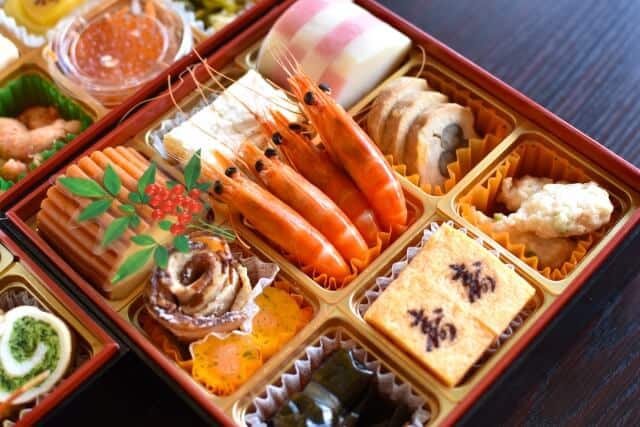
New Year’s Day in the Chinese calendar originally referred to the first month of January, but now it spans from January 1st to January 3rd. During these days, specific events like Matsunouchi on the 7th and the Small New Year on the 15th are observed. Japanese people historically consider New Year’s Day a crucial turning point in the year, establishing customs to seek blessings from the god of the year for good fortune. Rooted in an agricultural society, the Japanese celebrated the new year with hopes for a prosperous harvest. The tradition of welcoming the New Year is a Shinto ritual, with the origin of New Year’s Day traced back to ancient times when Japanese people engaged in rituals like misogi, offering prayers to the gods.
The 3 days after New Year’s Day
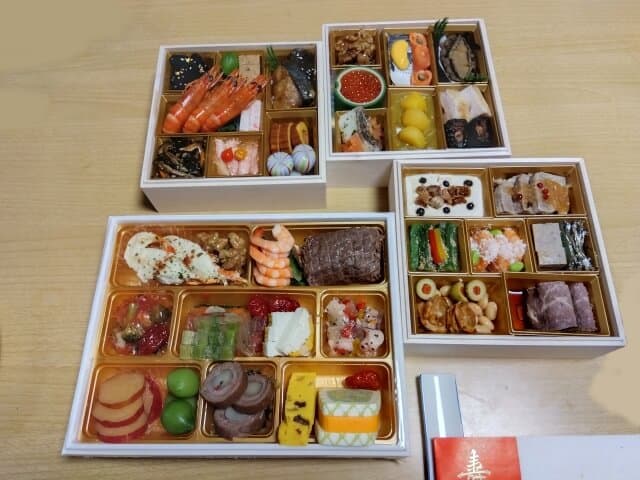
The three days following New Year’s Day, known as Sangahichi, are marked by celebrations involving toso, ozoni, and osechi dishes. Ozoni, a traditional soup, varies in appearance and flavor across regions, with differences in mochi shape, seasoning, and toppings. A longstanding custom is “Tororo for three days,” where consuming Tororo on January 3rd believed to prevent catching a cold for the entire year. Tororo, made from wild yams, contains enzymes aiding starch digestion, offering a practical remedy for post-holiday indulgence. Another tradition is “New Year’s Udon,” featuring pure white udon, considered a symbol of longevity, adorned with “beni” for a promising “red and white” appearance. This practice has gained attention as a fresh way to celebrate the New Year.
Other auspicious ingredients during New Year
Sea Bream = Auspicious Symbol
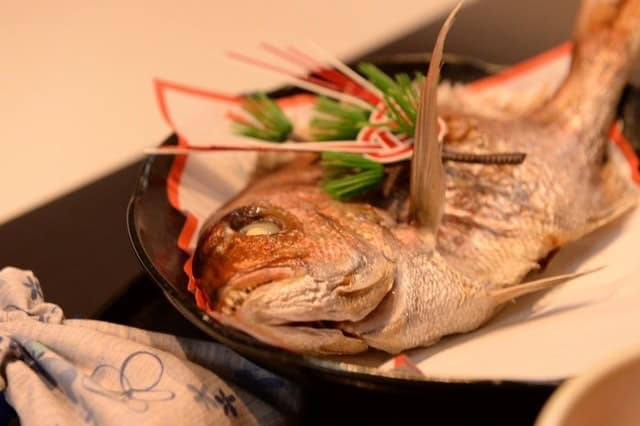
Sea bream is considered an auspicious symbol, associated with longevity, protection from evil spirits, and increased financial luck. This fish is admired for its ability to live up to 40 years, making it a representation of a long and prosperous life. According to legend, placing a sea bream bone in your wallet enhances your financial fortune.
Yellowtail = Get Promoted
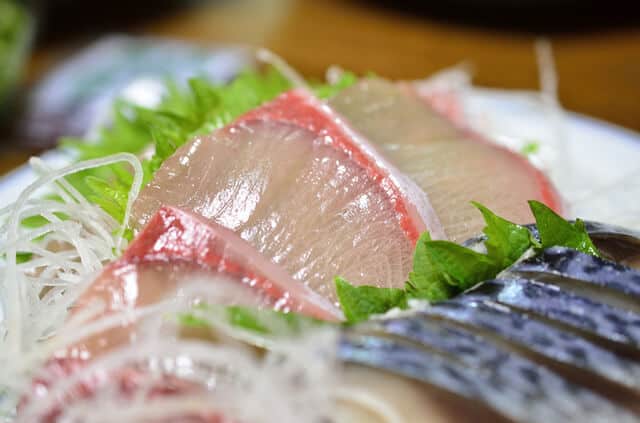
Yellowtail holds significance as a symbol for career advancement. Often consumed during anniversaries and celebrations, believed that consuming yellowtail will contribute to personal growth and increase the likelihood of getting promoted in the future.
Shrimp = Longevity

Shrimp is associated with longevity, drawing a comparison to old men with their bent-backs and long beards. This perspective considers the shrimp’s ability to live a long life, resulting in its distinctive posture. The vibrant red color of shrimp is also a representation of the strength of life force.
Crab = Inviting good fortune with both hands

Crab, with its legs resembling a beckoning gesture, is thought to invite good fortune and financial prosperity. Unlike the traditional beckoning cat, the crab’s posture has led to a belief in its ability to bring luck and positive financial outcomes.
Japanese Food for New Year FAQ
- What traditional Japanese customs are associated with New Year’s Day meals?
Traditionally, Japanese families celebrate the New Year with a special feast called “osechi-ryori,” consisting of a variety of symbolic dishes. Each dish holds significance, representing hopes for prosperity, happiness, and longevity in the coming year. Additionally, it is customary to start the year with a bowl of “toshikoshi soba,” symbolizing a clean break from the past and the welcoming of the new year.
- Are there specific rituals or practices observed during New Year’s Day in Japan?
Yes, there are several rituals associated with New Year’s Day meals. Kagami biraki is a traditional ceremony that typically takes place on January 11th to conclude the Japanese New Year celebrations. It is where a locals opened a decorative sake barrel to symbolize good fortune and harmony. Additionally, families often gather for a special meal called “osechi-ko,” during which they express gratitude and exchange well-wishes for the upcoming year.
Recommended Japanese Food for New Year
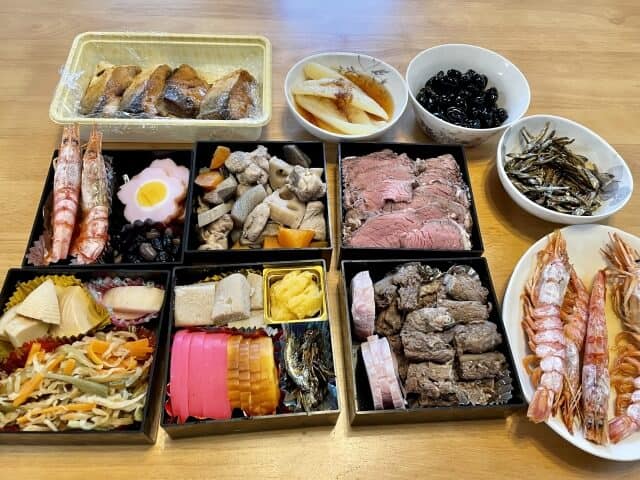
How to make Sukiyaki?
Sukiyaki is a Japanese hot pot dish featuring thinly sliced beef, tofu, vegetables, and noodles, all simmered in a sweet and savory soy-based broth. Typically enjoyed communally, sukiyaki brings people together around the table to cook and savor the ingredients, making it a social and flavorful experience.
You can try to make sukiyaki at home during New Year’s Day by following this recipe.
How to make Sushi?
Sushi, a hallmark of Japanese cuisine, consists of vinegared rice combined with various ingredients like raw or cooked seafood, vegetables, and sometimes tropical fruits. The artful presentation and meticulous preparation of sushi highlight its cultural significance and global appeal, offering a delightful combination of taste and aesthetics.
You can try to make sushi at home during New Year’s Day by following this recipe.
How to make Yakiniku?
Japanese Yakiniku is a delightful dining experience where diners grill bite-sized meat and vegetables at their table on charcoal or gas grills. The term “Yakiniku” translates to “grilled meat,” and this interactive and social style of cooking allows individuals to customize their flavors, making it a popular and engaging culinary choice in Japanese cuisine.
You can try to make yakiniku at home during New Year’s Day by following this recipe.
Where to buy Japanese Food for New Year?
GINZA chez tomo(シェ・トモ)
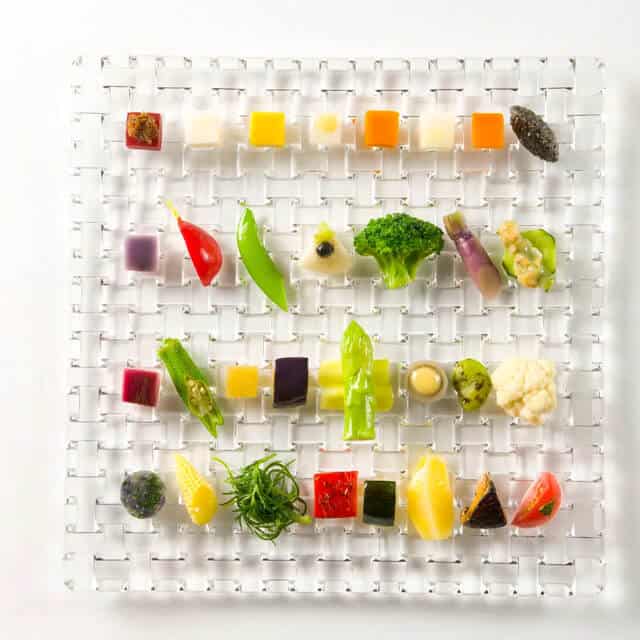
From Chez Tomo, a restaurant with an elegant atmosphere typical of Ginza, a luxurious 8-dish course featuring carefully selected seasonal ingredients is available for the year-end and New Year holidays, allowing you to fully enjoy the season. Enjoy a total of eight courses, including specialities made with approximately 30 types of pesticide-free vegetables cooked in different ways.
Lobby Lounge Fontaine (ロビーラウンジ フォンテーヌ)
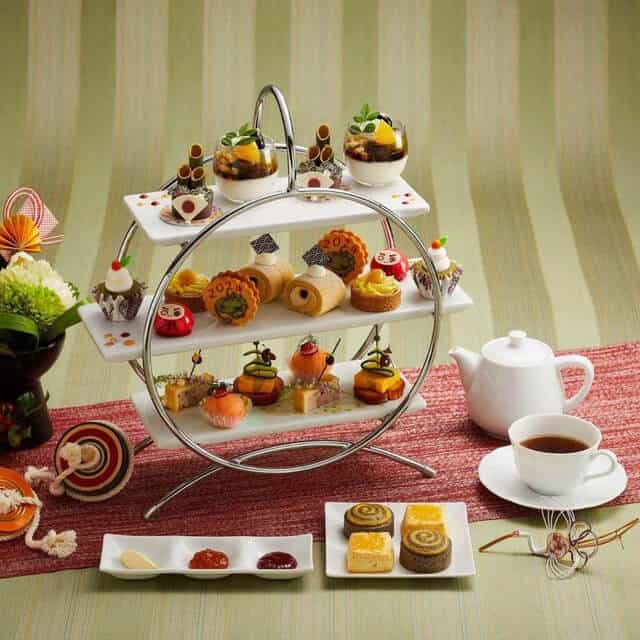
From “Lobby Lounge Fontaine”, a limited-time afternoon tea is available only during the year-end and New Year holidays, with the theme of “Welcoming Spring”, which is popular every year. We have a lineup of sweets and savouries inspired by Japanese and New Year holidays, such as amazake, chestnut kinton, and herring roe. In addition, drinks such as coffee and tea are available with free refills.
JAM17 DINING (ジャムセブンティーン・ダイニング)
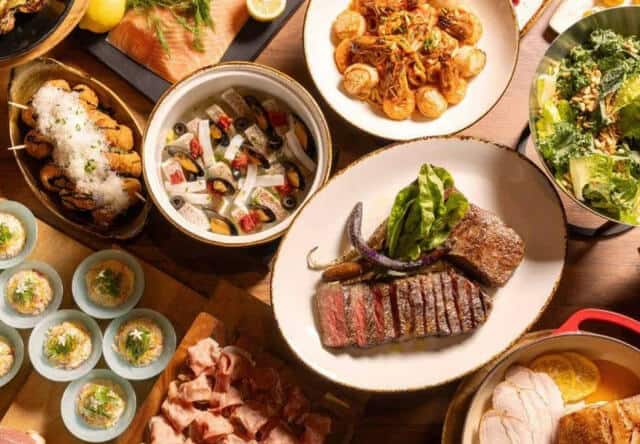
JAM17 DINING, a “new social space” located in Tokyu Kabukicho Tower, an entertainment center born in Shinjuku, a New Year’s buffet with a lineup of popular menus where you can enjoy as much as you like is now available! Grilled domestic beef that retains its flavor in a stone oven at 00℃, Japanese New Year dishes, Italian dishes such as fresh pasta and risotto made with Koshihikari rice grown with reduced pesticides by farmers in Shinshu, and French bouillabaisse and cassoulet.
Takeaway
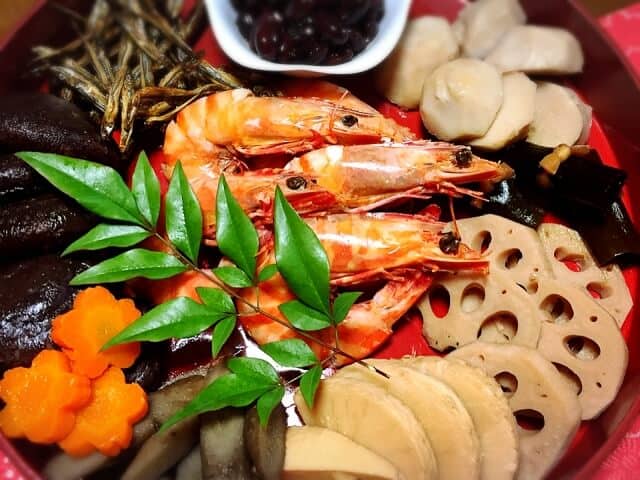
Osechi ryori, a traditional New Year’s dish, is rich in symbolic meanings, representing wishes for good health, prosperity for descendants, and a bountiful harvest. Despite its significance, there is a declining trend in households eating osechi on New Year’s Day. Many families now opt for more indulgent meals like sukiyaki, sushi, and steak to celebrate the transition from the old year to the new. New Year’s Day serves as an occasion to commemorate the successful conclusion of the previous year and welcome the opportunities of the upcoming year.
You can check some Japanese dishes like Osechi, Shojin ryori, and Kaiseki ryori that we know you would like to try too.




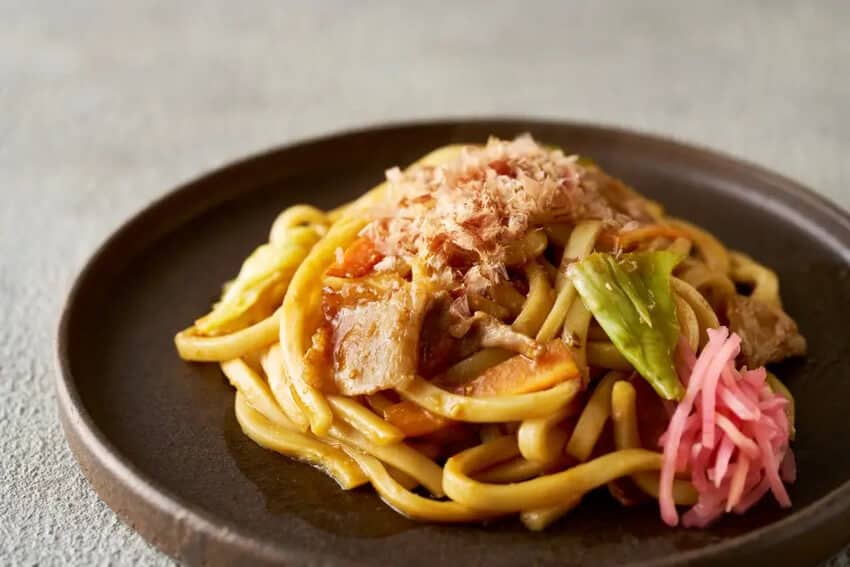

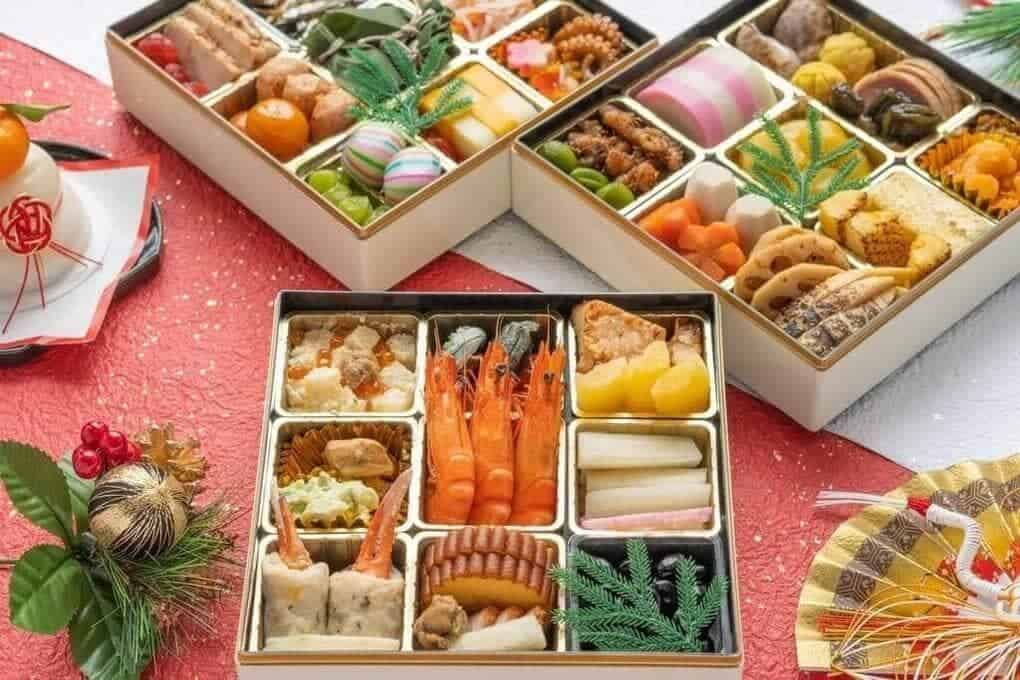
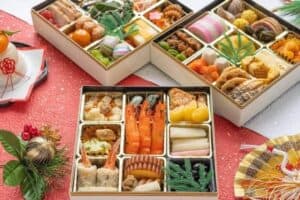
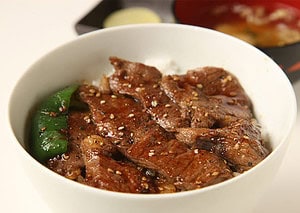
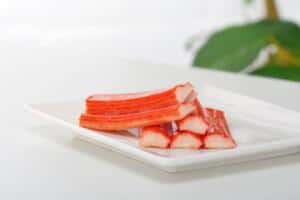
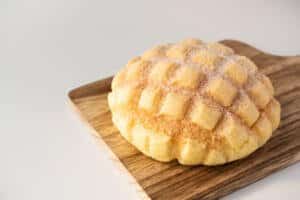
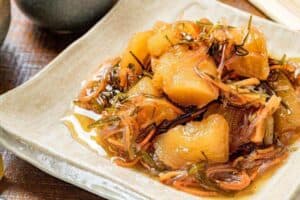
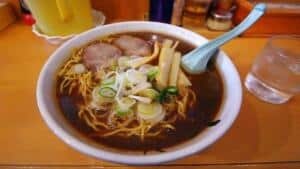
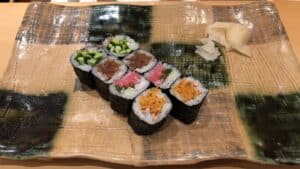
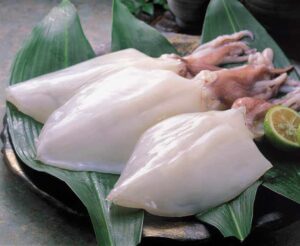
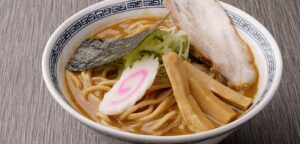
Comments